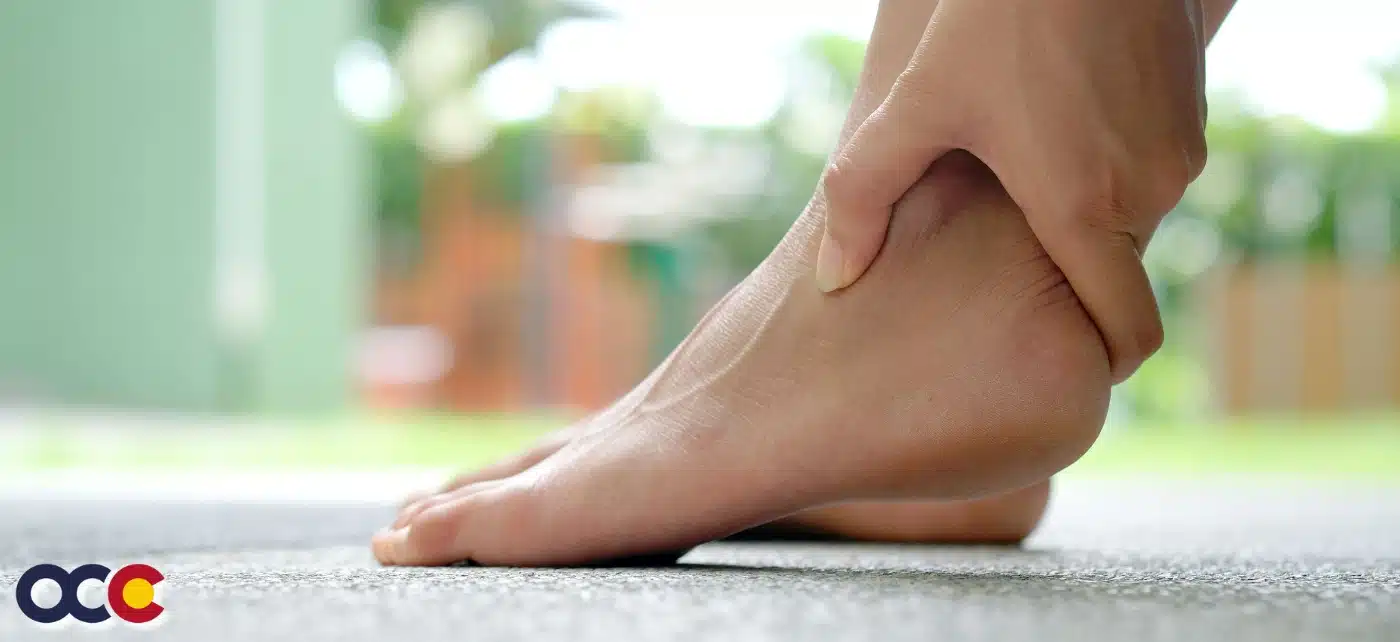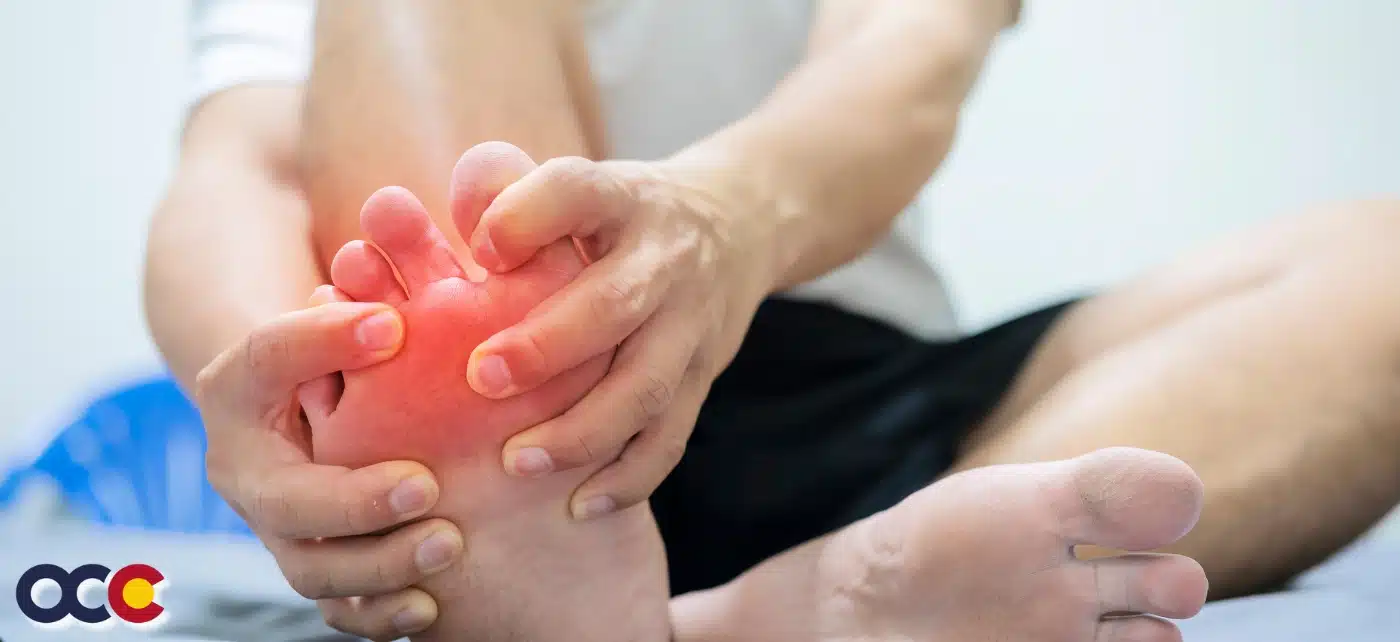Your ankle relies on your peroneal tendons for stability so when they are somehow injured, it creates a perfect storm for an unstable joint. At times, an injured peroneal tendon can heal with conservative treatments. Still, if left untreated, complications can develop that can have a negative impact on your life and your ability to get around. Peroneal tendon injuries need to be high on the differential diagnosis list of patients who are seen with persistent pain after an ankle injury. There are treatments that can help, especially when you get that help from the foot and ankle specialists at Advanced Orthopedic & Sports Medicine Specialists in Denver, Parker, or Aurora, Colorado. You can trust their experts to give you the best of care.
OVERVIEW
Peroneal tendon injuries refer to injuries involving the peroneal muscles and/or the peroneal nerves which are located in the lower leg on the outside of the calf expanding to the foot. Peroneal tendon injuries may be acute (occurring suddenly) or chronic (developing over a period of time). They most commonly occur in individuals who participate in sports that involve repetitive ankle motion. In addition, people with higher arches are at risk for developing peroneal tendon injuries. Basic types of peroneal tendon injuries are tendonitis, tears and subluxation (one or both tendons have slipped out of their normal position. Peroneal tendon injuries may occur suddenly or develop over time.
ABOUT PERONEAL TENDONS
To understand peroneal tendon injuries, it’s essential first to understand what the peroneal tendons do. A tendon is a cord of strong, flexible tissue, similar to a rope, often referred to as a “mechanical bridge” connecting muscles to bones. This allows the transmission of muscle strength to the bones and joints.
The peroneal tendons are two tendons that run side by side along the outside of the ankle behind the fibula bone. One attaches along the outermost part of the mid-foot. The other peroneal tendon travels under the foot and adheres to the arch. The purpose of tendons is to connect muscles to bones to allow for smooth movements. Together, they serve to move the foot inward and outward to help stabilize the ankle joint. Because the two peroneal tendons lie on top of each other, they create a lot of friction with movement, which often causes problems like tendonitis or tendon rupture.
WHAT ARE PERONEAL TENDON INJURIES?
Common peroneal injuries include:
- Peroneal tendonitis: inflammation of the tendons and the protective sheath surrounding them
- Tendinopathy: the presence of both a tendon tear and tendinitis
- Peroneal tendinosis: degenerative tears which usually affect peroneal tendons slowly, over a period of years
- Peroneal tendon tears: partial or complete tear of peroneal tendon
- Peroneal tendon subluxation/dislocation: peroneal tendons slip out of normal position
- Ankle sprains: the peroneal tendons can be injured, especially if the foot is forcefully turned inward
Read more about Peroneal Tendon Injuries on our new Orthopedic News Site – Colorado Orthopedic News. Schedule an appointment with a foot and ankle specialist today.









